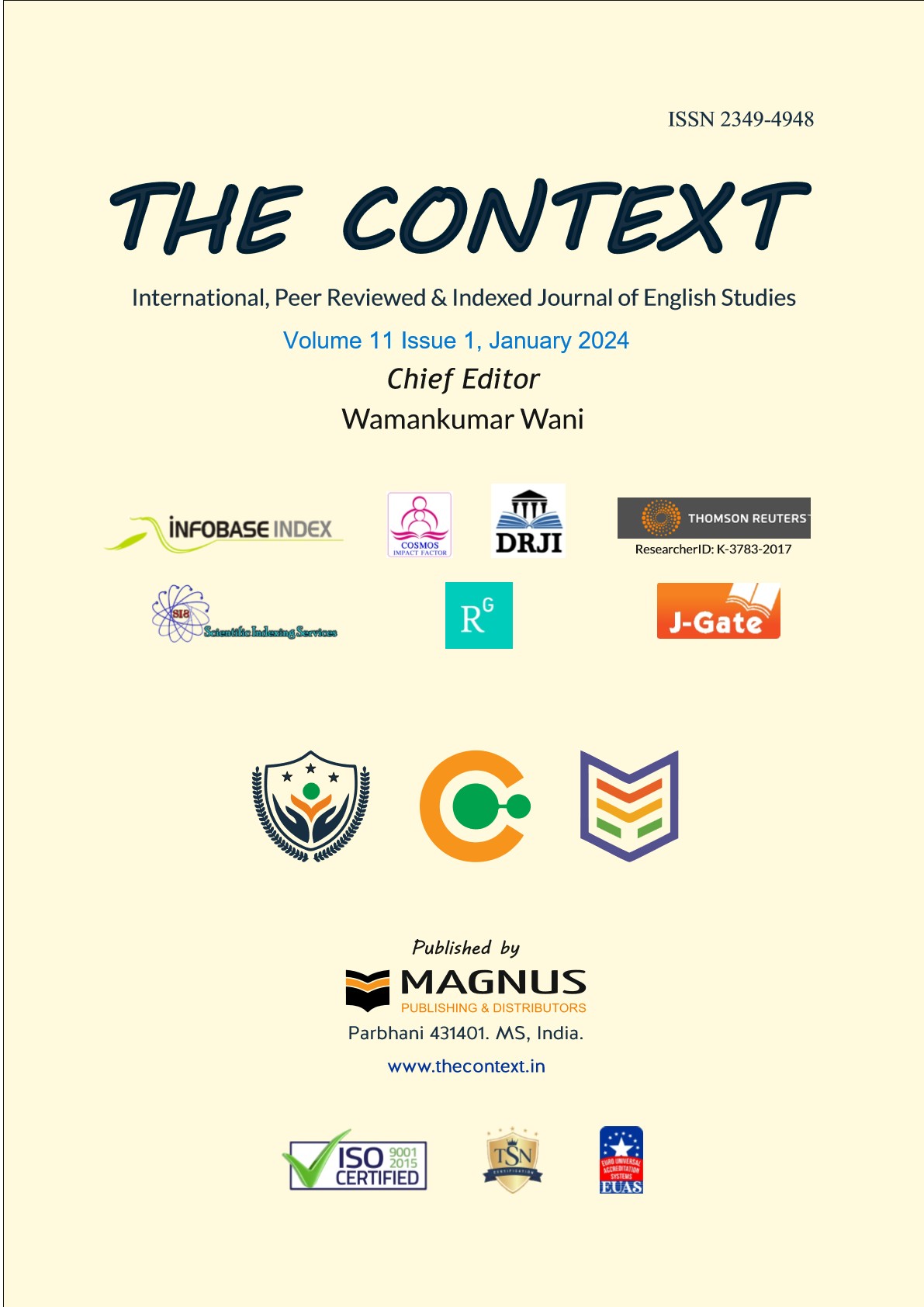Prominent Features of Indian Society
Keywords:
Caste, Subaltern, ReligionAbstract
As a true Feminist and the true Nationalist Dr. B.R. Ambedkar’s work for the women depicts his nationalism. His feministic approach is based on the nation point of view. For him, no nation can be liberal, if their women are slaves. Therefore, to liberate India, the women are freed from bondage of life i.e. religious, social, and economic. He contemplated on the social, economic, political, caste and creed-based identity of women in Indian scenarios. He always tried to establish equality among the men and women in every general life. This research paper aims at the study of women empowerment with feministic point of view. India is a plural society. It is rightly characterized by its unity and diversity. An huge cohesion of cultures, religions and languages of the people belonging to different castes and communities has upheld its unity and coalition. Due to several foreign invasions, Mughal rule and the British rule, national unity and integrity have been maintained. It is this synthesis which has made India a unique mosaic of cultures. India fought against the British Raj as one unified entity. Foreign invasions, immigration from other parts of the world, and the existence of diverse languages, cultures and religions have made India’s culture tolerant, on the one hand, and a unique continuing and living culture, with its specificity and historicity, on the other. Hinduism, Jainism, Buddhism, Islam, Sikhism and Christianity are the major religions. There is diversity not only in regard to racial compositions, religious and linguistic distinction and in patterns of living, life styles, land tenure systems, occupational pursuits, inheritance and succession law, and practices and rites. The form and proportions may vary but its essence is permanent.
Downloads
Downloads
Published
How to Cite
Issue
Section
License
Copyright (c) 2024 The Context

This work is licensed under a Creative Commons Attribution 4.0 International License.






